Essential First Aid Steps for Pet Emergencies

In the heat of an emergency—be it a choking incident, severe bleeding, or heat stroke—swift, informed action can mean the difference between life and loss. Drawing upon my background as a certified PetTech instructor and years of collaboration with emergency veterinarians, I present a clear, step-by-step first aid guide tailored for dog and cat owners.
1. Assessing Safety: Pet and Owner
Before intervening, ensure the environment is safe. A panicked pet may bite; consider wrapping in a towel or using a muzzle (even nylon) if the animal is conscious and capable of biting. Always approach calmly.
2. Controlling Hemorrhage
Direct pressure: Use a clean cloth or gauze; press firmly on the wound for 3–5 minutes.
Elevation: If bleeding from a limb, elevate above heart level.
Tourniquet caution: Only as last resort—loosely wrap a band or leash above the wound and note the time applied. Seek immediate vet care.
3. Choking: The Pet Heimlich
Dogs: For small breeds, hold upside down and deliver 5 back blows between the shoulder blades. For large breeds, stand behind, encircle abdomen, and perform quick upward thrusts just below rib cage.
Cats: Grasp cat securely, supporting back, and gently thrust inward and upward on the abdomen.
4. Heat Stroke: Rapid Cooling
Signs include panting, drooling, bright red gums, collapse.
Method: Move to shade, apply cool (not ice-cold) water to paws, groin, and belly.
Caution: Do not immerse fully; rapid core temperature drop can trigger shock.
5. CPR Basics
Chest compressions: For medium dogs, compress at mid-chest 80–120 times per minute (human CPR rhythm). For cats/small dogs, use two fingers at same rate.
Rescue breaths: After 30 compressions, close mouth and exhale gently into nostrils until you see chest rise. Alternate 30:2.
6. Poisoning: Identify and Contain
If ingestion of toxin is suspected (e.g., chocolate, xylitol):
Do not induce vomiting unless directed by a veterinarian or poison control (ASPCA).
Collect packaging and any remaining material.
Call: 888-426-4435 (ASPCA Animal Poison Control).
7. Preparing a Pet First Aid Kit
Essentials: gauze pads, adhesive bandages (vet wrap), antiseptic wipes, digital thermometer, hydrogen peroxide 3% (for vomiting induction), tweezers, muzzle. Store in a waterproof box accessible to all household members.
Conclusion:
Emergencies strike without warning—but your composed, knowledgeable response can stabilize your pet before professional help arrives. Regularly review these steps, update your first aid kit, and consider enrolling in a pet CPR/first aid course to deepen your confidence and skills.
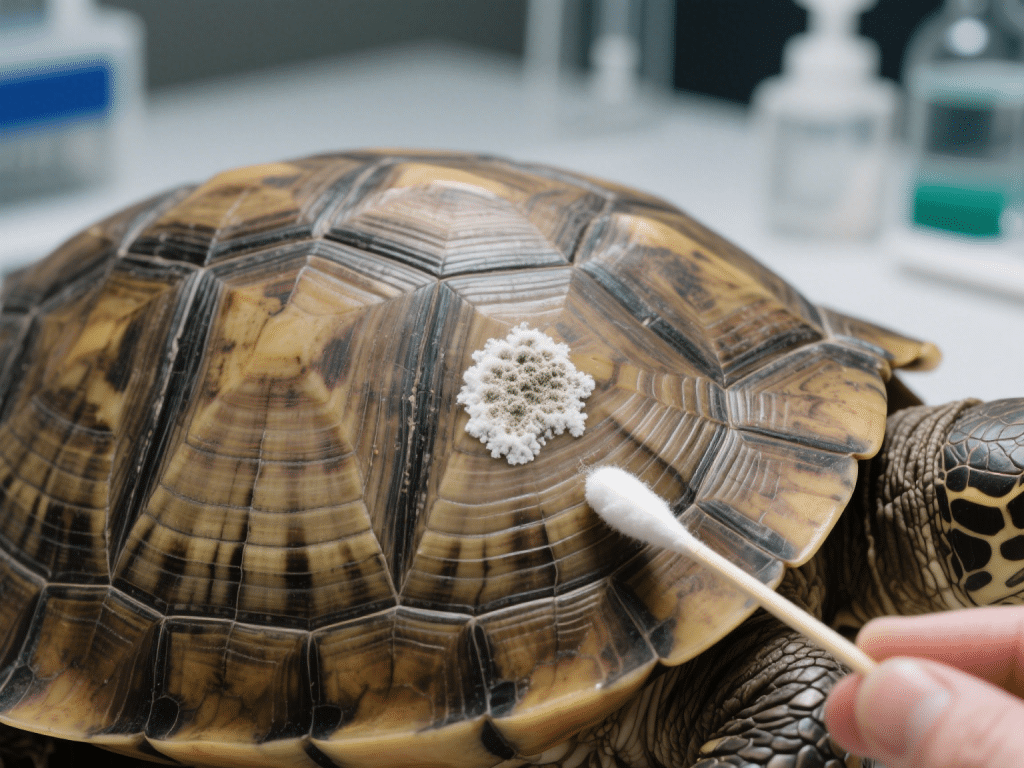

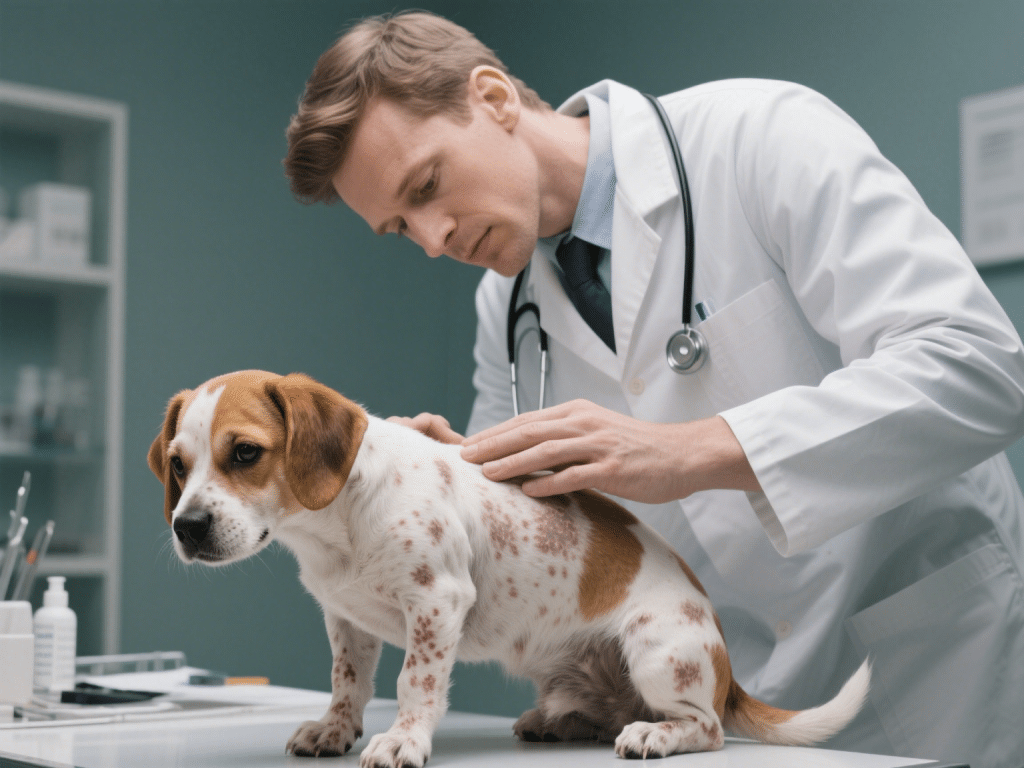
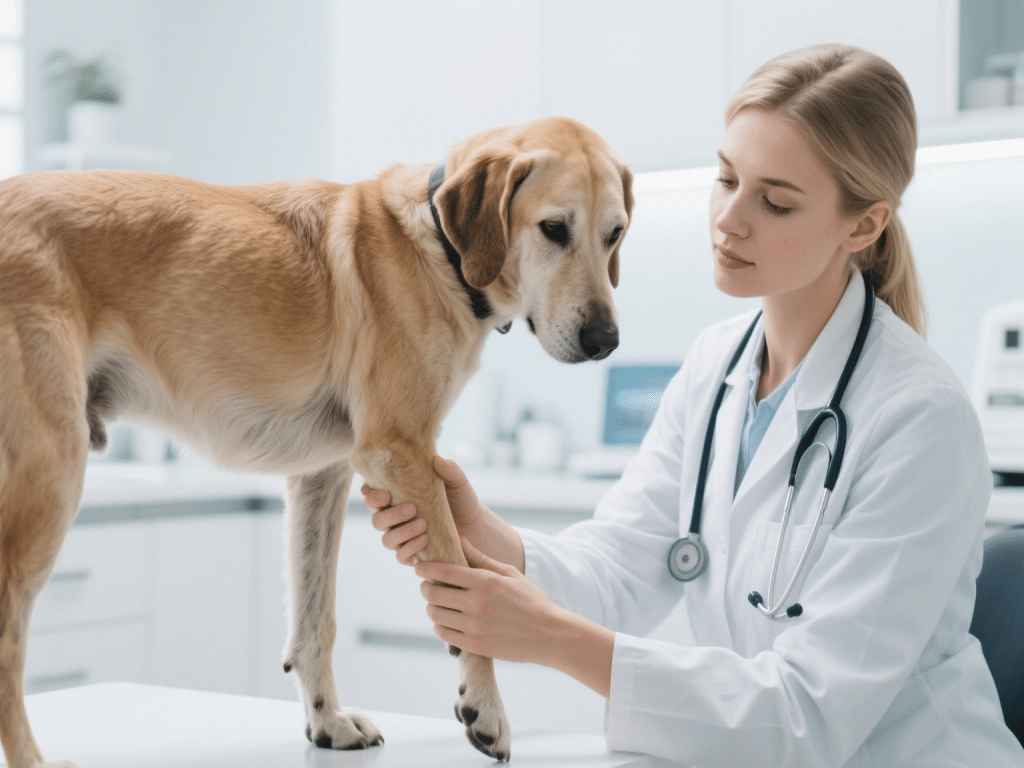
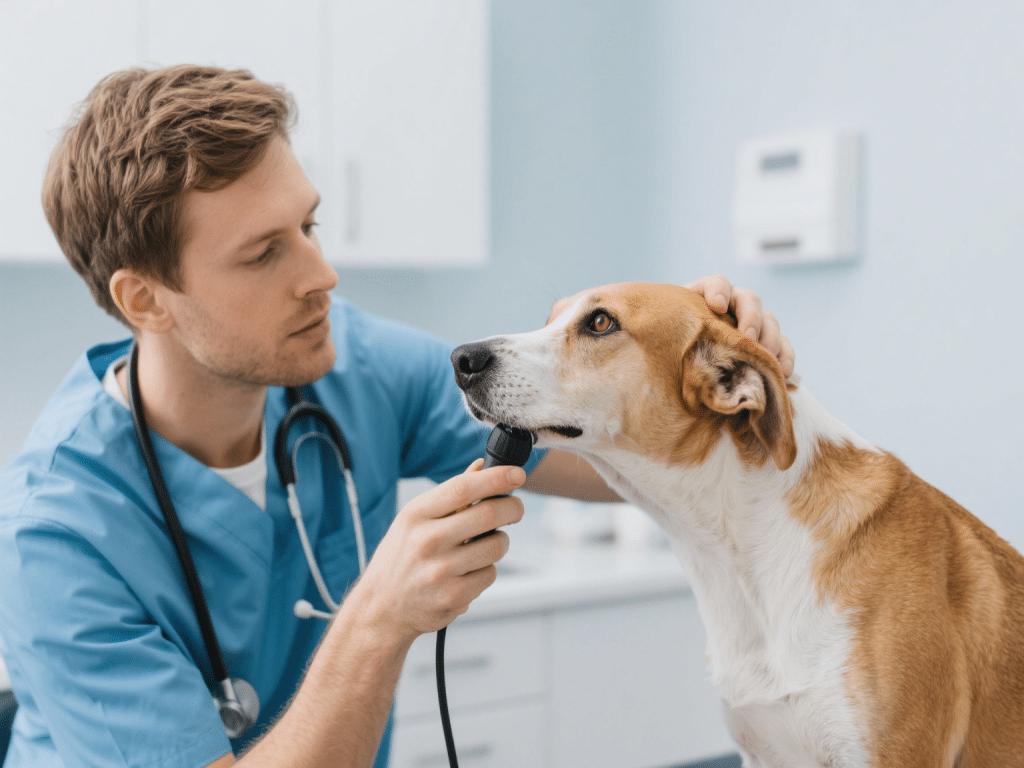


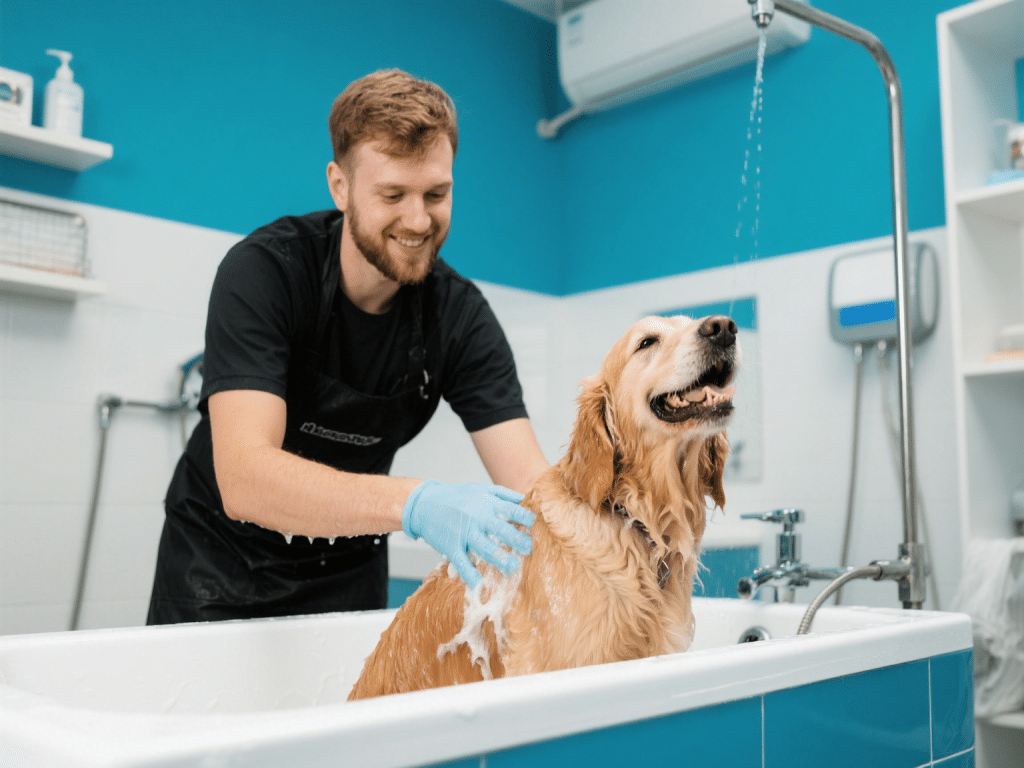

Comments on "Essential First Aid Steps for Pet Emergencies" :